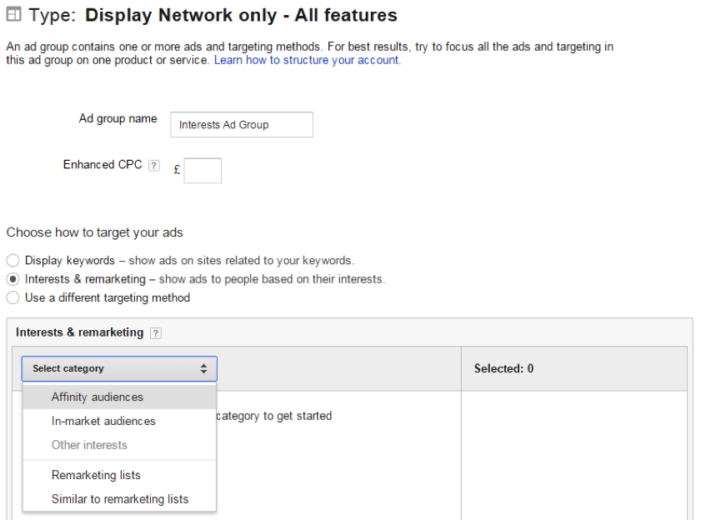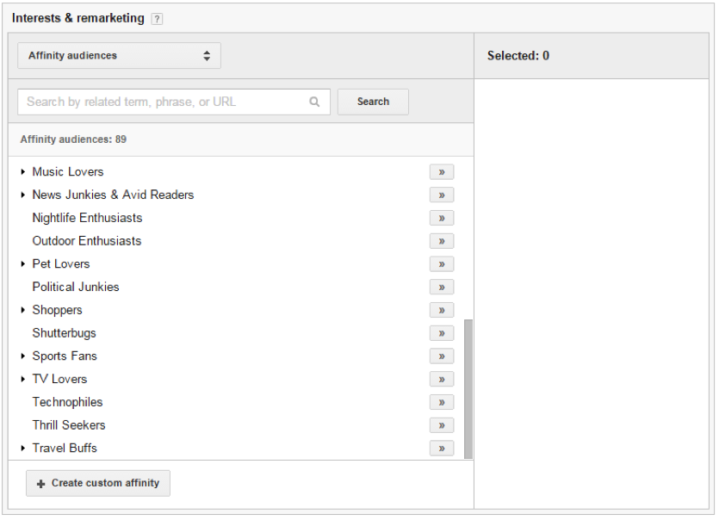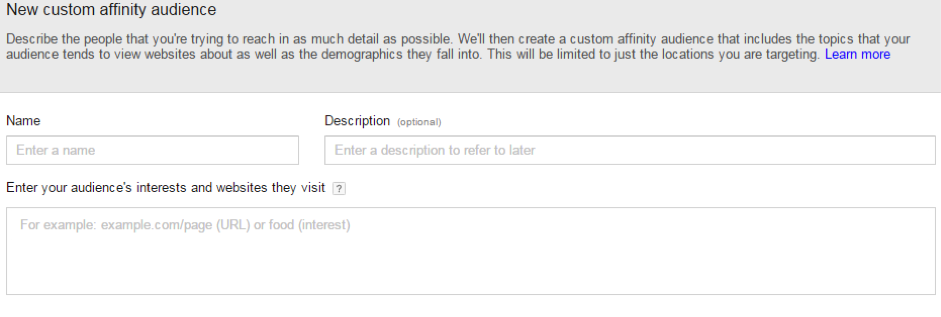Editor’s Note: This article is a part of our Hero Conf Guest Post Giveaway. Based on a combination of pageviews, shares and editorial review from the PPC Hero writing staff, a winner will be chosen from the 4 finalists we post throughout the week. Today’s post comes to us from Sandeep Basra, a PPC Executive at Conversion Works.
Just to recap, people-based targeting campaigns focus on targeting ads to users deemed of interest by an advertiser, whether it’s due to the user almost purchasing a product or expressing an interest in a particular service. Let’s face it; many PPC experts have predicted that the amount of people-based targeting PPC activity will increase in 2015, and there’s reason to put good faith in this prediction:
The Release of Facebook Atlas
The release of Facebook Atlas (an online advertising platform) was observed in September 2014. Atlas uses Facebook’s own targeting methods (which provides an extensive list of targeting options) whilst serving ads on websites outside of Facebook (extending the reach of users being targeted). This is very much a targeting based platform. Furthermore, as Atlas targets users through their Facebook ID, if a user moves between devices whilst on the Atlas network, Facebook Atlas will be able to track conversions between devices. Combined, this makes the concept of people targeting more invaluable than ever!
The Growth of AdRoll
In addition to this, AdRoll (one of the largest retargeting platforms around the world) has been named the fastest growing advertising company two years in a row by Inc. Magazine, highlighting the increasing demand for PPC remarketing campaigns.
Bing Announces Remarketing Plans
Bing Ads released UET (Universal Event Tracking) in October 2014 and stated that ‘UET lays the groundwork necessary for audience based remarketing’. Additionally, John Gagnon, Bing Ads Evangelist, announced that remarketing will be available this month and believes that ‘with retargeting we are able to build a bigger pool of people based on site activity.’
Custom Affinity Audiences Introduced by Google AdWords
Within the same month that Bing released UET, AdWords introduced ‘Custom Affinity Audiences’. To confirm, an ‘Interests’ campaign in which you can target ‘Affinity Audiences’ was already available in AdWords. The difference here lies in the type of affinity that can be selected. In the past, advertisers were restricted to a set list of affinity options. However, the new ‘Custom Affinity’ option can be used to set up a specific affinity to target, providing advertisers with the ability to target very niche services and/ or products.
With all this in mind, the question becomes; how can these new features/ platforms be used to further increase conversion volumes?
Aim
Having had a great year in terms of conversion volumes last year for a particular client, the next step was to build on that success by driving new users to this client’s website.
Therefore, an ‘Interests’ campaign was implemented to target users on other websites that expressed an interest in the type of services this client provides. Essentially, the aim was to gain volumes by appealing to users that had not previously visited this client’s site, despite showing an interest in the client’s service on other websites.
Method
An Ad Group was set up within the new ‘Interests’ campaign and linked to the ‘Interests & Remarketing’ option. A list of categories then appeared, one of which was ‘Affinity Audiences’ (view screenshot below):
Once clicking on ‘Affinity Audiences’, a ‘Create Custom Affinity’ button became available (see highlighted box underneath):
Once the ‘Create Custom Affinity’ button was selected, the URLs (that were promoting similar services to that of this specific client) were copied and pasted into the box outlined below.
Banner ads were also added to the Ad Group (to ensure we were targeting this audience with relevant messaging).
Results
By the end of month one, an additional 7% of click-through conversions were generated for the client (and 24 view-through conversions).
It’s important to note that the 7% increase in conversion volumes was gained by users that hadn’t previously visited the client’s site, but expressed an interest on other websites in the type of service this client provides. Therefore, by doing this, the reach of these ads had been extended to additional users. So much so, that a 68% increase in impression volumes was seen (as was a 56% increase in click volumes). These volumes would not have been gained had this new targeted campaign not been set up.
Furthermore, CPCs for this campaign were 74% lower when compared to the CPC of the search campaigns. This helped to reduce overall CPC for the client’s AdWords account. Overall, this was a successful campaign as it allowed the client to gain additional, valuable conversions through users that hadn’t previously visited the client’s website, but had showed an interest in their service.
To conclude, as PPC practitioners it’s essential to move towards people based targeting as it’s important to target people based on who they are and not just by what they search for. Users of interest may not necessarily be searching for the keywords that an advertiser deems valuable and, even if they have, they may not go on to visit the advertiser’s website, as was the case with the study mentioned above. Therefore, by also targeting users of interest, advertisers will be extending the reach of their ads even further and gain additional conversions.








